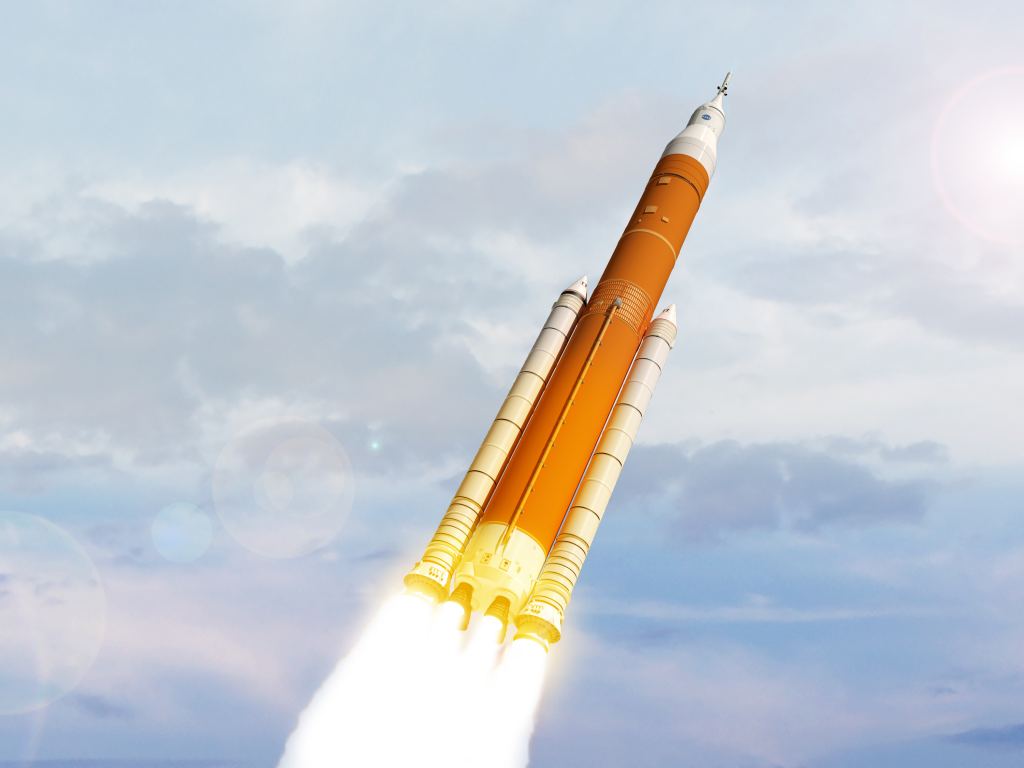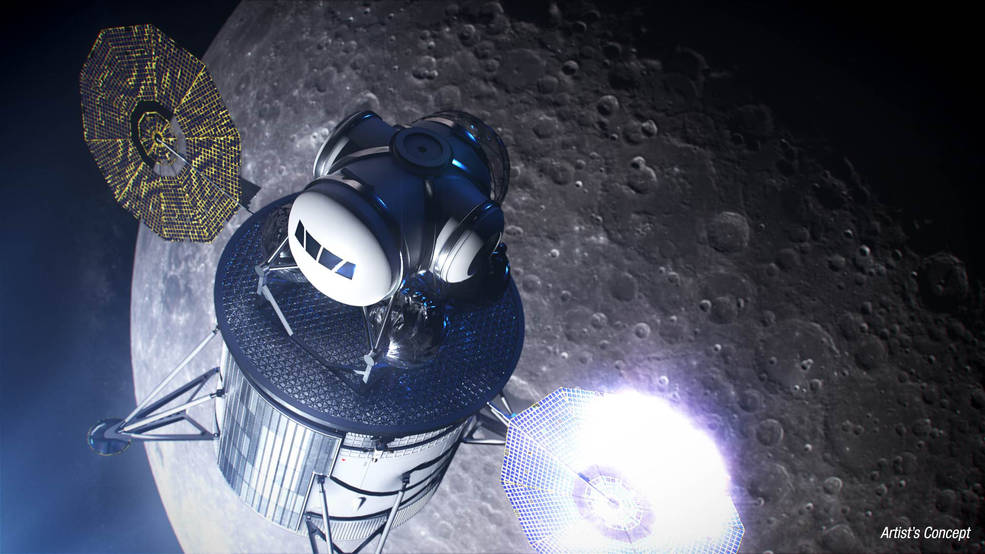NASA has chosen 11 American companies to help them build the next lunar landers that will carry humans to the surface of the Moon. The 11 companies will conduct studies and work on prototype landers in the coming years. It’s all part of NASA’s Artemis mission, and the mission’s 2024 date with the surface of the Moon.
Marshall Smith, NASA Director
“Our team is excited to get back to the Moon quickly as possible, and our public/private partnerships to study human landing systems are an important step in that process.”
for Human Lunar Exploration Programs.
Here’s a few of the companies. Obviously there are some very heavy hitters involved.
- Aerojet Rocketdyne
- Boeing
- Blue Origin
- Lockheed Martin
- Northrop Grumman
- Sierra Nevada
- SpaceX
Last week, the timeline for NASA’s Artemis mission to the Moon was moved up by several years, to 2024. That means there’s a lot of work to be done. To help these 11 companies get going on their work, NASA is using what they call undefined contract actions. That allows the companies to begin working while the contract is still being negotiated. Sounds like NASA will lose some leverage, but that’s what you get when politicians step in to dictate a timeline for a complex mission.
You don’t have to read between the lines in this NASA press release to see that they’re feeling the time pressure.
“We’re taking major steps to begin development as quickly as possible…”
Greg Chavers, Human Landing System Formulation Manager, NASA.
“We’re taking major steps to begin development as quickly as possible, including invoking a NextSTEP option that allows our partners to begin work while we’re still negotiating,” said Greg Chavers, human landing system formulation manager at NASA’s Marshall Space Flight Center in Huntsville, Alabama. “We’re keen to collect early industry feedback about our human landing system requirements, and the undefinitized contract action will help us do that.”
These companies aren’t unfamiliar to NASA, so it seems some flexibility is in order when contracting with them. NASA seems confident outlining the overall objective and leaving design to the companies themselves, at least initially.
“…we’re leaving a lot of the specifics to our commercial partners.”
Greg Chavers, Human Landing System Formulation Manager, NASA.
“This new approach doesn’t prescribe a specific design or number of elements for the human landing system,” Chavers said. “NASA needs the system to get our astronauts on the surface and return them home safely, and we’re leaving a lot of the specifics to our commercial partners.”
Though the naming of 11 companies is a recent move, NASA laid the groundwork for this back in April, when they issued what are called pre-solicitations. The first pre-solicitation, from April 8th, signalled NASA’s intent to solicit proposals from companies to design only the ascent element of the Human Lunar Lander. Later, on April 26th, they expanded their pre-solicitation to include multiple elements of the integrated lander, including ascent, descent, and the transfer vehicle.

The undefined contract actions announced by NASA will help the 11 chosen companies get going on the ambitious timeline for Artemis. But NASA still needs the Space Launch System (SLS) and the Orion capsule to make Artemis meet its 2024 goal. And both of those developments have seen delays.
The way forward in space seems to be public/private partnerships, and NASA has already worked, and continues to work, with many of the 11 companies named. If NASA can get it right, and get Artemis to the Moon on time, then they’ll be global leaders in public/private partnerships, just like they’ve been global leaders in space exploration for decades.

